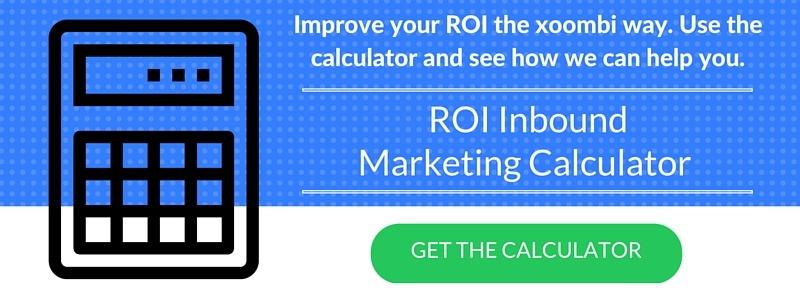 At xoombi we’re a completely remote team. We know more and more businesses are beginning to notice the benefits of remote work—including the freedom and flexibility if provides—and realized we might be able to offer some valuable insight into the day-to-day functionality of an all-remote team.
At xoombi we’re a completely remote team. We know more and more businesses are beginning to notice the benefits of remote work—including the freedom and flexibility if provides—and realized we might be able to offer some valuable insight into the day-to-day functionality of an all-remote team.
That’s why we’ve decided to begin the Remote 365 blog. We hope to give others information about the remote work life, help those who are thinking about going remote, and letting other remote teams look behind the curtain at how we operate.
To start us off, we’d like to share eight remote work tools that we simply couldn’t live without. These help us stay connected, organized, and on top of projects for both our clients and ourselves.
-
TeamworkPM
Teamwork is an internal project management tool that helps us keep track of all the tasks we have in the queue. We use this for our own projects as well as all client projects.
Teamwork is great because it let’s us create parent and sub tasks. For example, let’s say we’re creating an eBook for Client A. We can assign the writing of the copy to the writer, the editing of the copy to the Content Marketing Manager, the design of the asset to the designer, and the quality control of the eBook to the Director of Client Services. We’ll all be notified of what we have to do and when we need to do it by!
-
Slack
Slack is great for internal communication between team members. Our team has channels for every client, as well as others for vacation, random thoughts, marketing improvement and our Trello board (see number 3).
Slack is great for keeping everyone updated on what’s happening in real time. It also allows users to have private conversations if the whole team doesn’t need to be involved.
-
Trello
Trello is where we handle all of our content management. We have boards for all clients as well as ourselves, and each board includes lists for blog post ideas, posts in progress, as well as posts in review, approved, scheduled and published. In this manner, we use Trello as a “content funnel” to make sure each piece of content keeps moving forward towards publication.
We also use this process for all gated assets we create. For more insight into how we use Trello, check out this post.
-
Google Drive
All of the content that’s moved around lives in Google Drive. The reason we use Drive—including Google Docs and Google Sheets—instead of a traditional word processor is because everything stays up-to-date in real time.
Therefore if I go in to copy edit a blog post while another team member is adding suggestions and/or comments, we’ll be able to see who changed what when, and the document will be updated in real time.
-
Samepage
Samepage is an online tool that lets you take notes and outline plans all in one place. We primarily use it for outlining clients’ strategies and campaigns, including the approach we’re going to take, the typical buyer’s journey, the buyer personas we want to reach, campaign goals, and more.
This helps us each be able to reference a general overview of client campaigns and how we plan to execute them.
-
Frontify
Frontify is where we house all brand standards for xoombi and our clients. Here we store notes on branding (brand promise, brand voice, etc.) and messaging (mission statement, value proposition, etc.).
We keep all information on imagery here as well, including logos, colors, typography, icons, photos and illustrations that match the brand.
-
Canva for Work
Canva for Work is a great place to collaborate on design elements for clients and our own branding purposes. We use it to create templates for social media graphics, blog images, infographics, SlideShare presentations and more.
This tool let’s all team members easily go in and tweak another’s design to fit his or her purpose, or to duplicate and enter new information to keep the same brand formatting but add in new content.
-
HubSpot
Everything comes together in HubSpot. Final content assets are uploaded, approved blog posts are scheduled, post images are added, buyer personas are finalized and campaign landing pages are built out.
HubSpot is our all in one marketing platform, content management system, sales funnel and more. It makes our lives easier, which is why we love it!
Conclusion
These are the tools we can’t live without, but they aren’t the only ones we use. For example, we use communication and storage tools our clients prefer, including Skype and Dropbox.
We honestly don’t know what we would do without these amazing tools. They keep us organized, sane, and able to communicate with one another and know the status of ongoing projects.
What tools do you and your remote team use? Please let us know so we can check them out ourselves!




